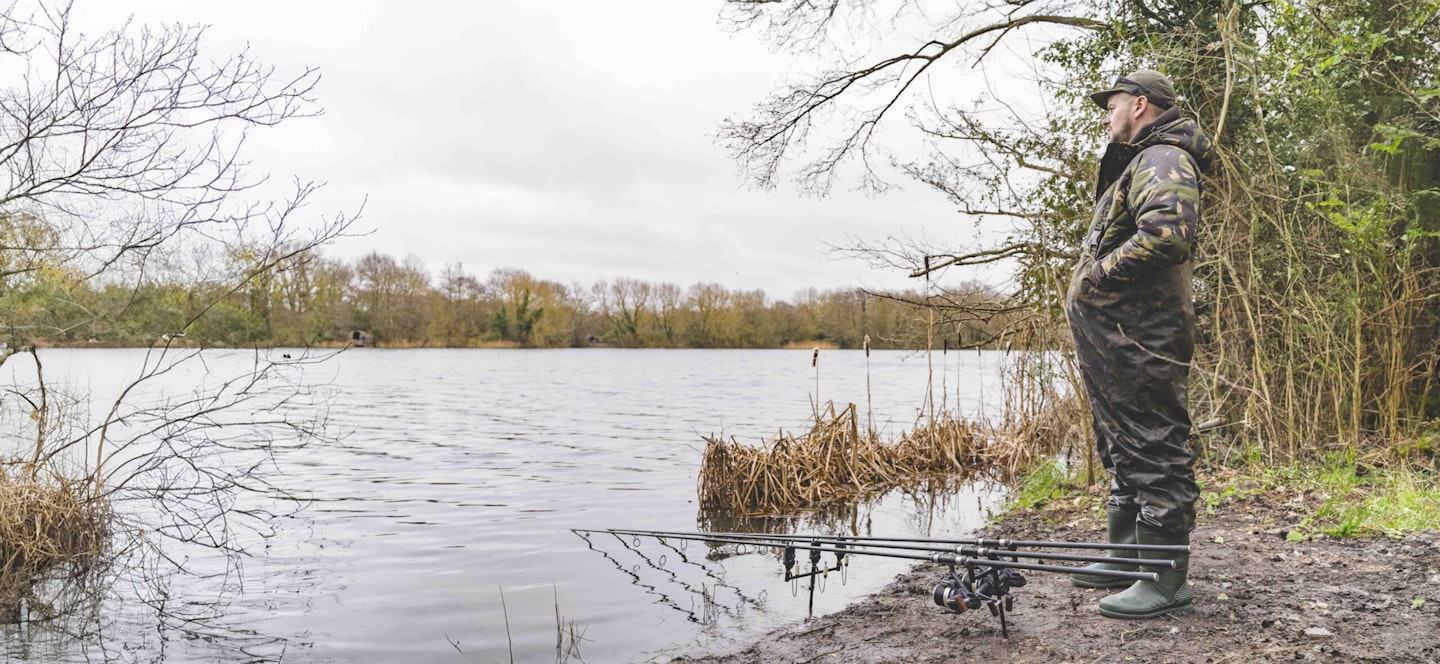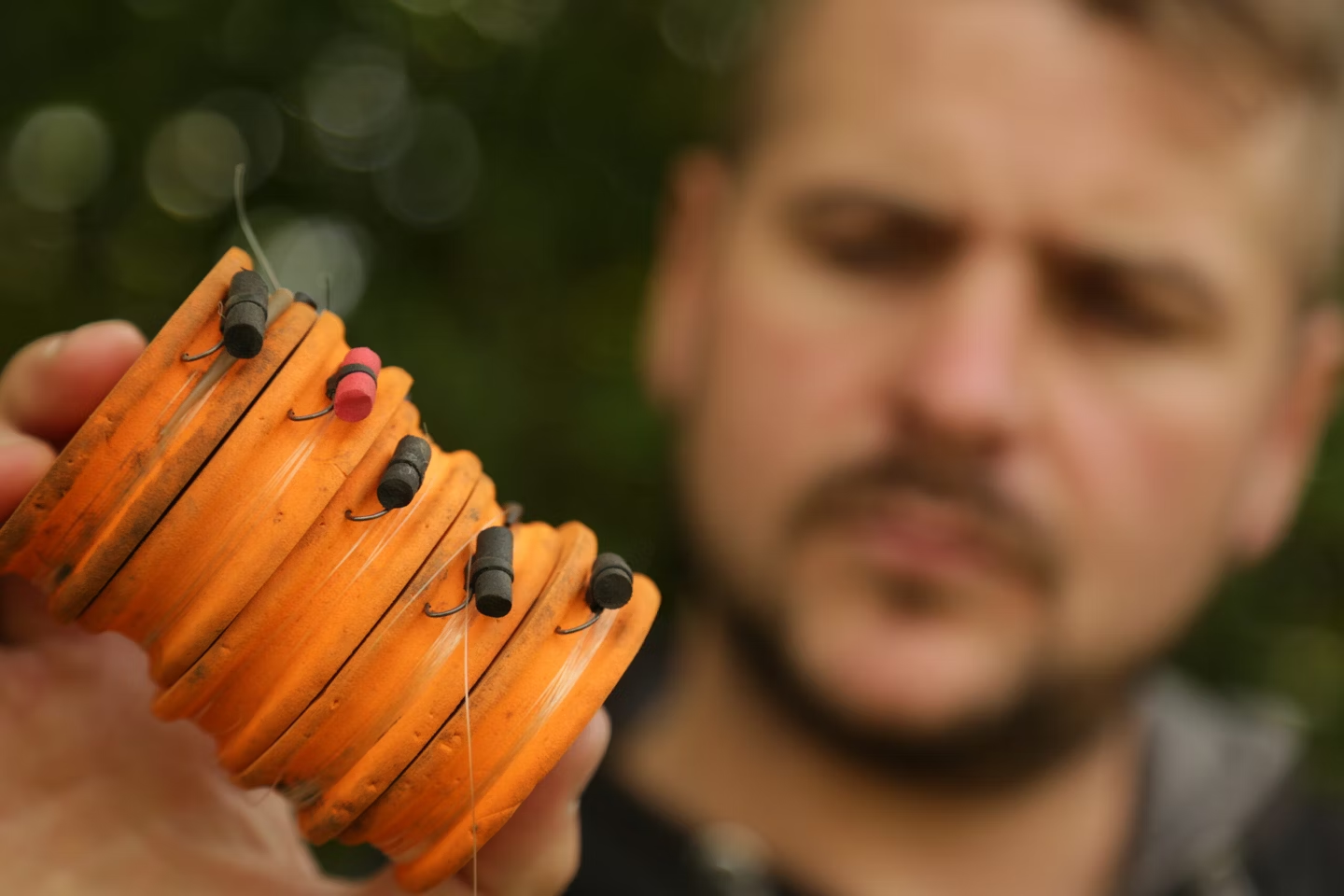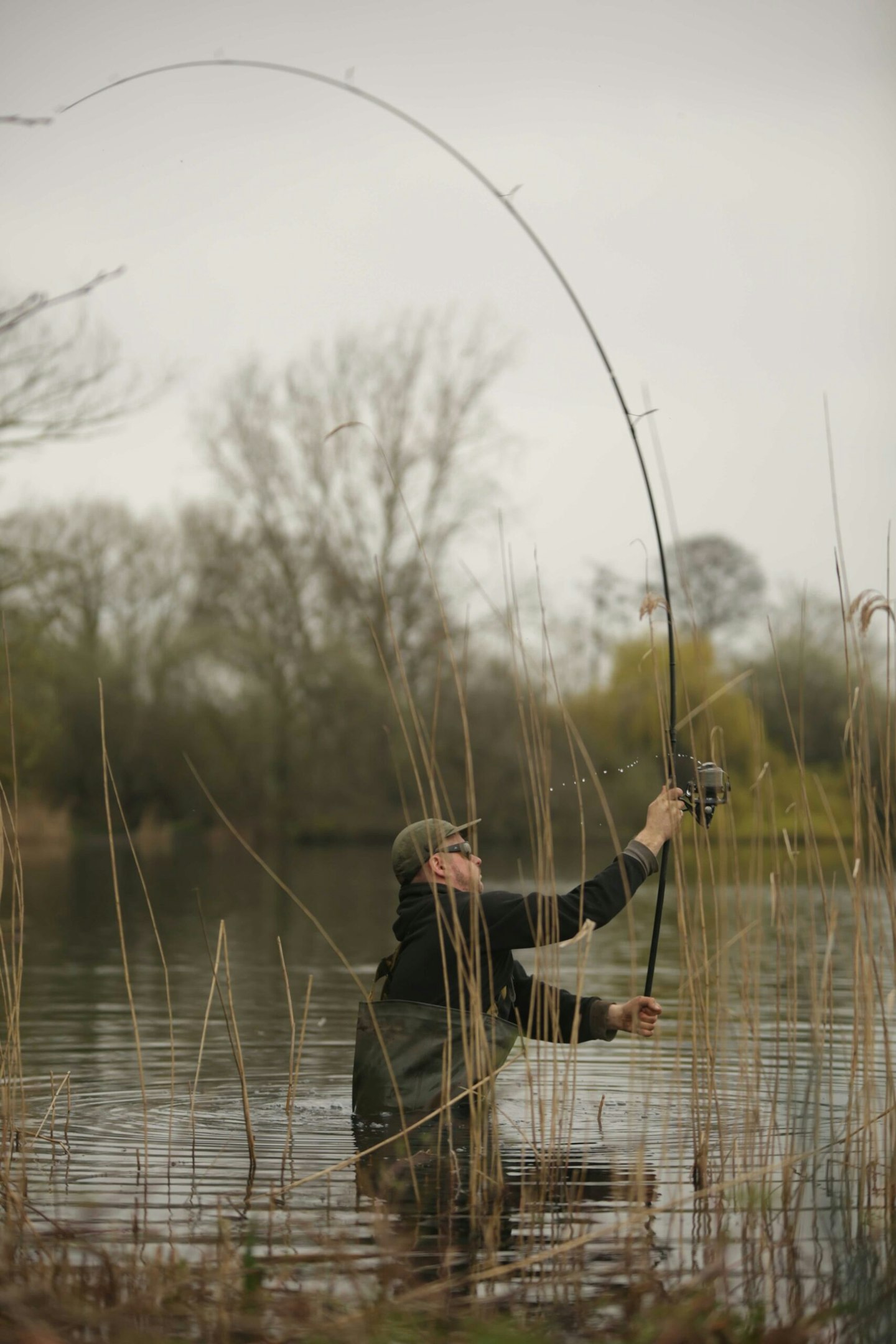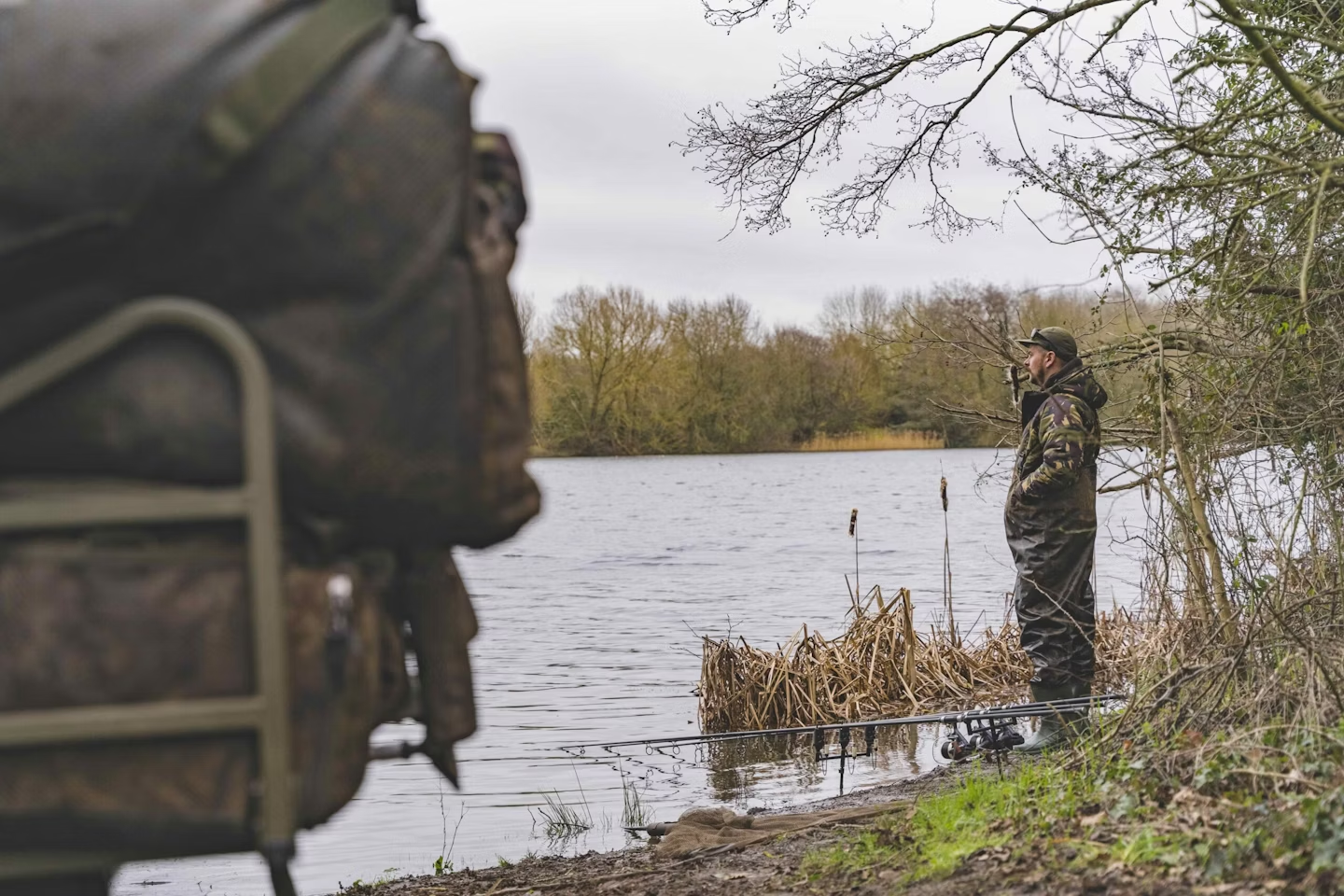If there's one thing I’ve learned over the years, it’s that keeping mobile is one of the biggest advantages in carp fishing.
Staying in one place and hoping the fish come to you is rarely the best approach — finding them is the key. I always travel light, keeping my kit down to the bare essentials so I can move at a moment’s notice. It’s about balance – I might be out for a few nights, so I need some creature comforts, but I make sure everything is packed in a way that allows me to shift quickly. The more efficiently I can move, the more effectively I can react to any signs that I might see.
YOU NEED TO USE ONE OF THE BEST FISHING BARROWS IF YOU ARE CONSTANTLY ON THE MOVE!

Turn negatives into positives
One of the biggest mistakes anglers make is thinking that if they aren’t seeing fish, they aren’t fishing effectively. For me, the absence of signs is just as valuable as spotting a show. If I’m not getting liners, not seeing bird activity, and nothing is happening, that tells me I’m in the wrong place. Instead of feeling disheartened, I treat it as a process of elimination; by knowing where the fish aren’t, I get closer to working out where they are.
I’ll lap the lake multiple times, climb trees for a better vantage point, and use every possible cue nature provides to get a better understanding of what’s happening beneath the surface.
If you class not seeing anything as a negative, then you can quickly become disheartened. Flipping a lack of signs into a positive and saying to yourself, ‘okay, I now know where the fish aren’t’ makes it far easier to put in the required effort and drive.
THE BEST CARP RODS WILL HELP YOU GET TO WHERE THE FISH ARE ACCURATELY, ONCE YOU HAVE FOUND THEM.

Zigs for detection
A big part of my approach involves using zigs, not just as a catching tactic, but as a way of locating fish. Once I’m on the fish I’ll use bowstring-taut lines with zigs, but when I’m trying to find the fish I’ll have a three-inch drop on the bobbins to register liners.
My alarms are super- sensitive, so if anything brushes against the line I’ll know about it. I also adjust my line angles to pick up any subtle liners at different depths. I start with my rod-tips right down and then gradually raise them after a period of time. It’s a method that helps me gauge where they might be holding up.
As well as that, I also pay close attention to the birdlife. If seagulls are diving and feeding on an insect hatch, or the birds are suddenly spooked by something, that could indicate that carp are present. Observing nature is one of the most underrated skills in angling – however, those who take the time to interpret what’s happening around them will often reap the biggest rewards.
A SET OF THE BEST BITE ALARMS WILL HELP YOU IDENTIFY WHAT IS GOING ON IN YOUR SWIM.

When to stay put
Once I do get a sign – be it a liner, a bird spooking, or a single show – I have a decision to make. If the conditions are right and I feel the fish are active and moving, I’ll stay mobile and keep tracking them. But if it was really cold and I felt the fish had gone to ground, that one show would be enough to make me batten down the hatches. Being mobile doesn’t mean moving constantly for the sake of it – it means reacting to the conditions and the signs in front of me. There are times when staying put and waiting for the bite-time windows is the best call.
One of the key elements of staying mobile is havingthe right gear set up. I keep my rods assembled on my barrow, my bivvy packed down to a minimal footprint, and my tackle organised so that I can be fishing within minutes of arriving in a new swim.
Efficiency is everything. The quicker I can set up, the longer I have my rods in the water, and the better my chances of making contact with fish.
There’s no point lugging excessive gear from swim to swim – it just slows you down, and makes moving an ordeal rather than an opportunity.
THE BEST FISHING BIVVIES CAN BE PACKED DOWN AND SETUP IN SECONDS, CHECK THEM OUT IN OUR GUIDE.

Staying focused
This approach isn’t just about tactics – it’s a mindset. I stay up late, get up early, and always keep my eyes and ears on the water. I don’t play music, I don’t get distracted, and I never switch off.
When I pack up at the end of a session, if I’m not mentally and physically drained, I know I haven’t worked as hard as I could have. Every minute I’m at the lake is a chance to learn something new, refine my approach, and increase my chances of success.
Some anglers prefer to set up camp and fish in a more relaxed style, and there’s nothing wrong with that. We all go fishing for different reasons, and what works for one person might not suit another. But if your goal is to consistently catch more and bigger carp, staying mobile and using a process of elimination to locate them is a game-changer.
IF YOU WANT TO CATCH MORE CARP, CHECK OUT THESE EXCELLENT WATERS TO GET MORE BITES.

